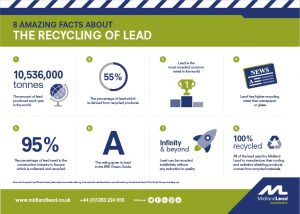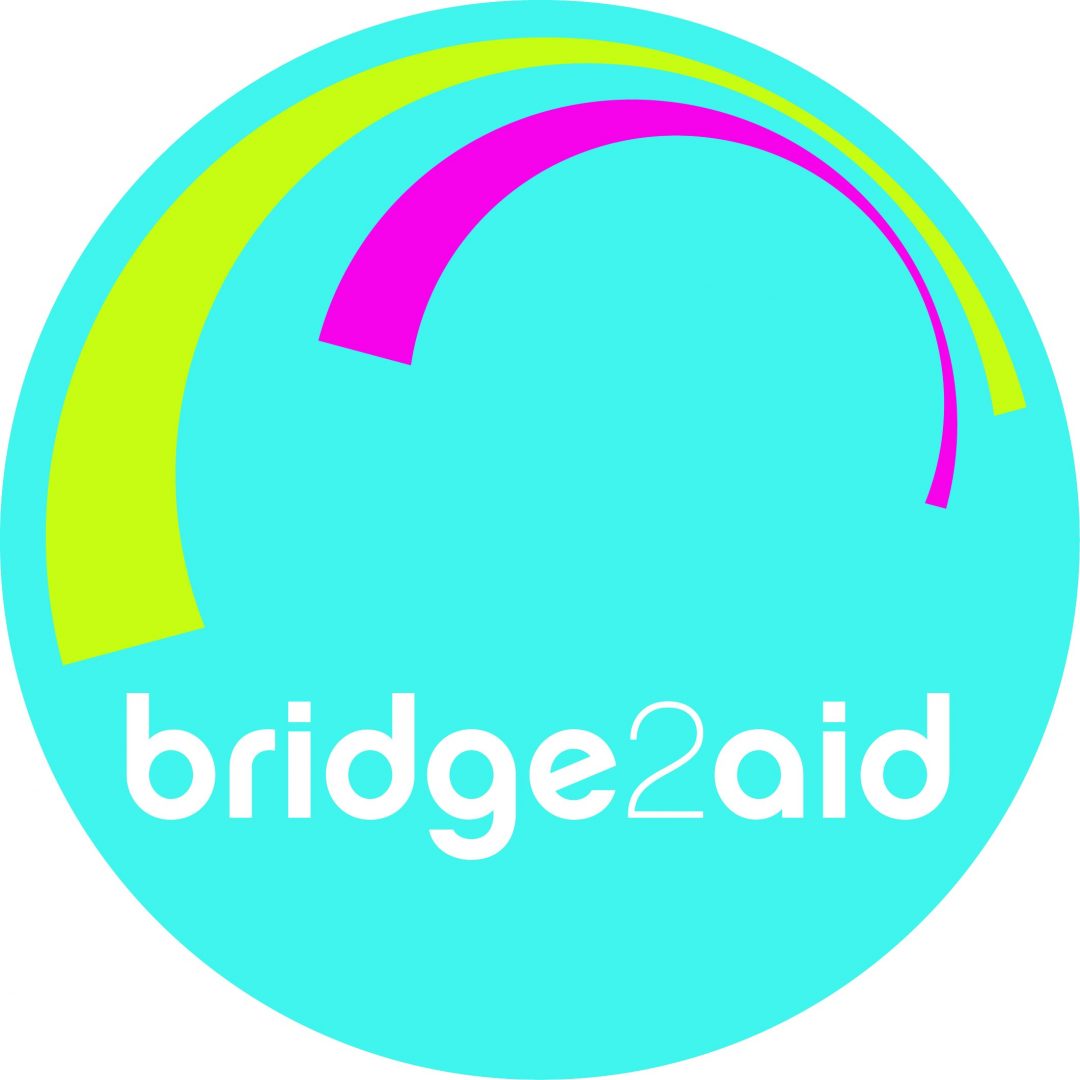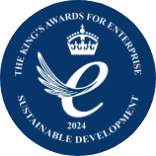Lead vs. Lead-Free Alternatives: Green Credentials and Health and Safety
Lead has been the material of choice on builds for centuries, praised for its malleability, longevity and recyclability. But it’s lead’s natural, weathered appearance that’s often cited as one of the main reasons it’s specified, flawlessly complementing the built environment, whether heritage or contemporary.
However, lead-free alternatives, made from materials such as modified polyethylene compound and butyl rubber, are now beginning to appear on the market and are factoring into some specifiers’ decision-making processes.
While not as authentic-looking or long-lasting – typically lead-free roof flashing has a 30-year lifespan and 10-25 year guarantee, while lead typically lasts over 100 years and has a guaranteed lifespan of at least 50 years for rolled lead or 60 years for machine cast lead – the product’s main claim is that it is an ‘environmentally friendly, non-toxic substitute for the real deal’.
Despite being a traditional material, many don’t realise that lead is in fact incredibly green. In fact, when comparing lead and lead-free alternatives’ eco-friendliness, there’s no question that lead takes prime position. Lead is not just one of, but the most recycled and reused building material in the UK today.
Although other products are indeed recyclable, in reality they are not recycled as much as lead sheet. More than 95% of scrap lead sheet is collected and recycled in the UK, while many non-lead alternatives have a recovery rate of less than 10%.
Many also aren’t aware that lead sheet’s manufacturing process is exceptionally energy-efficient. Due to lead’s low melting point (327°C) during the recycling process, less energy is used compared with alternatives, meaning it boasts the lowest carbon footprint among all hard metals.
It’s for these reasons that lead is in the BRE Green Guide, with a rating of A+ or A, as a building material that is both fit for purpose and able to improve the sustainability of construction.
As well as being the greener alternative, lead also has incredible flexibility in terms of fitting. Easy to use, it works alongside other building products, is non-corrosive, doesn’t lift in high winds and can withstand – and can be fitted in – any sort of weather. This is not the case with lead-free alternatives, which can only be used for certain applications such as smaller, low-cost housing, while some products include an integral, self-adhesive layer, which is often not able to be fitted in rainy or wet conditions.
Alongside a lack of knowledge around lead’s flexibility and green credentials, concerns around the safety of working with lead is also still prevalent among some. However, regardless of a worker’s level of exposure to lead, if best practices are followed, there is no risk to health whatsoever. In fact, since the introduction of the first edition of the Control of Lead at Work Regulations in 1980, exposure to lead is now very much controlled. Today, the industry works from the Third Edition of these regulations, published in 2002. They set out control measures employers must put in place to protect employees who are exposed to lead.
Here at Midland Lead, following an audit with the BSI in September this year, we were successfully re-certified for BS OHSAS 18001 – a framework for a management system that helps organisations achieve the best possible working conditions and workplace health and safety.
As well as working hard inside the organisation, we also encourage all those working with our product to adhere to standard best practices in order to remain healthy and safe. Our top tips include:
- Wear protective gloves at all times while handling lead
- Do not eat, drink or smoke while working with lead
- Wash hands and face thoroughly before eating, drinking or smoking
- Wear clean workwear every day – consider items of clothing such as hats, which may allow lead dust to build up over a period of time if unwashed
- Workers who are exposed to lead dust, especially those who weld lead, should ensure that they wear suitable respiratory protective equipment (RPE)
- When an employer conducts a risk assessment, which concludes that an employee is required to wear a mask for protection, the mask must be ‘face-fit tested’. In this instance, for a mask to fit correctly the wearer must be clean shaven. If the worker is not clean shaven there are alternative products on the market; speak to your employer or health and safety representative
- Avoid holding copper nails in your mouth while fixing lead
- Avoid food that you need to use your hands to eat, f.e. use a fork to eat or wrap sandwiches in something so you can avoid touching it, such as tin foil
- Roll cigarettes at home before coming to work
- Ensure any drinks have lids on them – don’t drink out of open cups or cans which can be left lying around and become contaminated with lead dust
- If you are working on a site and do not have access to water for washing you should ask your employer to supply a suitable alternative such as hand wipes.
If you would like to discuss the merits of choosing lead over lead-free alternatives, have any queries or concerns about the health and safety aspects of working with lead or would like to learn more about lead’s green credentials, please don’t hesitate to get in touch with us on +44(0)1283 224 555.




